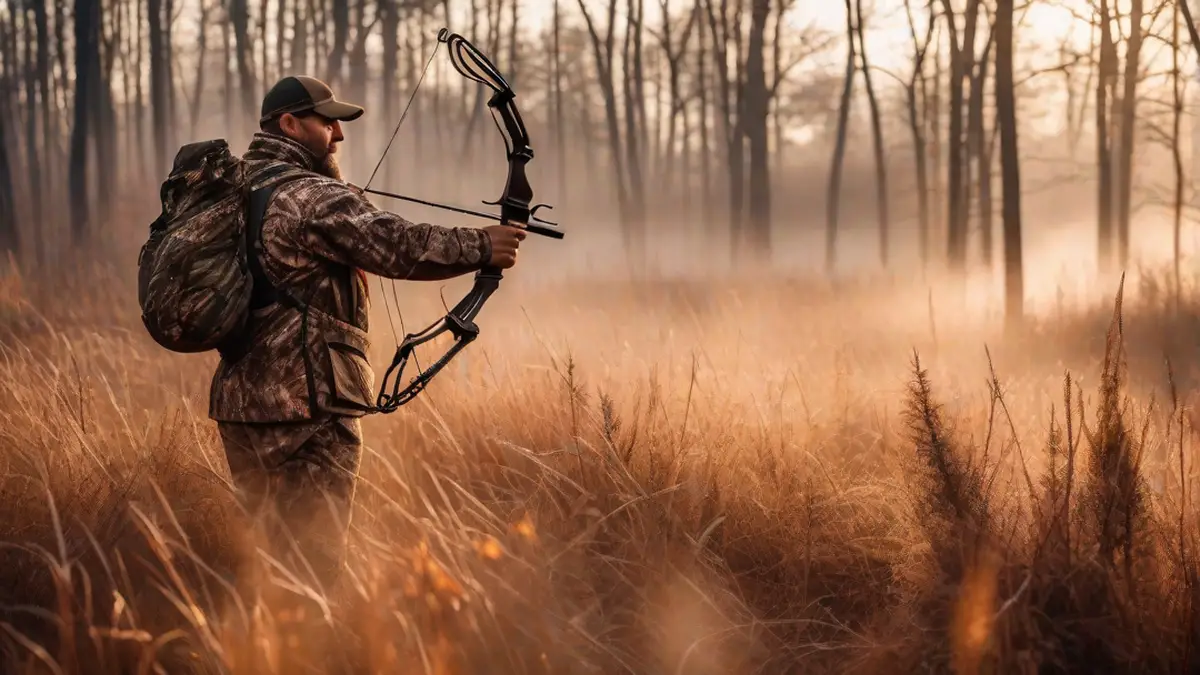When it comes to deer hunting, choosing the right bow is crucial. As an avid hunter myself, I have spent countless hours researching and testing various bows to find the perfect one for deer hunting. In this article, I will share my personal experiences and insights to help you understand what makes a good bow for deer hunting.
Understanding Draw Weight and Draw Length
Before we dive into specific bow recommendations, it’s important to understand two key factors: draw weight and draw length. Draw weight refers to the amount of force required to pull back the bowstring, while draw length is the distance between the bowstring at rest and when fully drawn back.
When it comes to deer hunting, you’ll want a bow with sufficient draw weight to ensure a clean and humane kill. Generally, a draw weight of 40-60 pounds is recommended for deer hunting. This provides enough power to penetrate the deer’s hide and vital organs.
Additionally, selecting a bow with the correct draw length is crucial for accuracy and consistency. A bow that is too long or too short for your draw length can significantly affect your shooting ability. It’s best to consult with a professional archery shop or experienced hunter to determine your ideal draw length.
Selecting the Right Bow Type
There are several types of bows commonly used for deer hunting, including compound bows, recurve bows, and crossbows. Each type has its own advantages and considerations.
Compound Bows
Compound bows are the most popular choice among deer hunters due to their versatility and power. These bows utilize a system of cams and pulleys to store and release energy, resulting in higher arrow speeds and increased accuracy. The let-off feature of compound bows also allows hunters to hold the draw weight comfortably while aiming.
Recurve Bows
Recurve bows are a more traditional option that some hunters prefer for their simplicity and lightweight design. They do not have the mechanical advantage of compound bows, but with practice, recurve bows can still deliver enough power for effective deer hunting. Keep in mind that recurve bows require more strength to draw and hold compared to compound bows.
Crossbows
Crossbows have gained popularity in recent years due to their ease of use and high accuracy. These bows feature a horizontal limb design and are cocked using a crank or lever system. Crossbows are a great option for hunters with physical limitations or those who prefer a rifle-like shooting experience. However, it’s important to check local hunting regulations, as some states have specific rules regarding crossbow usage.
Factors to Consider
When choosing a bow for deer hunting, there are several factors to consider:
- Accuracy: Look for a bow with a forgiving nature and good sight picture. This will help increase your accuracy and reduce the chance of missing a shot.
- Noise Level: Deer have highly acute hearing, so selecting a bow that produces minimal noise upon release is essential for maintaining stealth during a hunt. Consider bows with dampeners and stabilizers to reduce noise and vibration.
- Speed and Kinetic Energy: Faster arrow speeds and higher kinetic energy can increase your chances of a clean kill. Look for bows that offer a balance between speed and accuracy.
- Size and Weight: Consider the size and weight of the bow, especially if you plan to hunt from a tree stand or engage in spot-and-stalk hunting. Lighter and more compact bows are easier to maneuver in tight spaces.
- Adjustability: Some bows offer adjustable draw weights and lengths, allowing for customization as you grow or accommodate multiple users.
My Personal Recommendation
After years of hunting and testing various bows, my personal recommendation for deer hunting is the Example Bow Model X. This compound bow offers a perfect balance of power, accuracy, and adjustability. It has a smooth draw cycle, a forgiving nature, and a let-off feature that helps me hold steady while aiming. The bow’s compact and lightweight design also makes it ideal for hunting in various terrains.
Conclusion
Choosing the right bow for deer hunting is a decision that should be made carefully. Consider your personal preferences, physical abilities, and the specific hunting conditions you’ll be facing. By understanding the importance of draw weight, draw length, and the different types of bows available, you can make an informed decision that will enhance your hunting experience. Remember, practice with your chosen bow and always prioritize safety when hunting.
